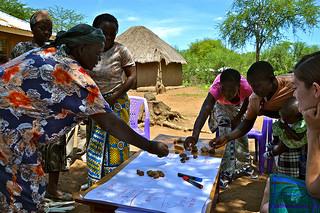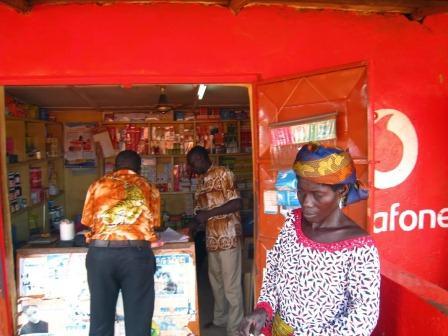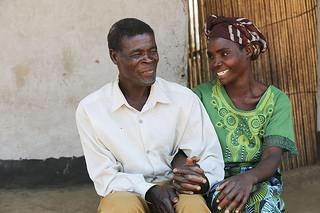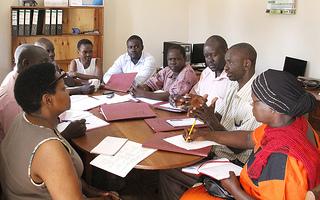Latest blogs
About
Evidence Matters is 3ie’s blog. It primarily features contributions from staff and board members. Guest blogs are by invitation.
3ie publishes blogs in the form received from the authors. Any errors or omissions are the sole responsibility of the authors. Views expressed are their own and do not represent the opinions of 3ie, its board of commissioners or supporters.
















